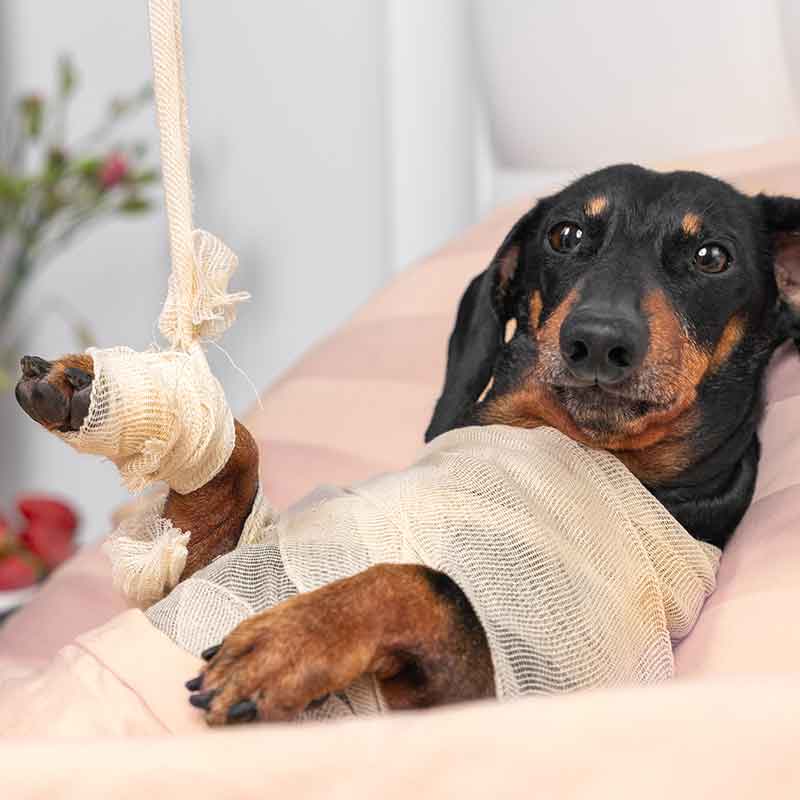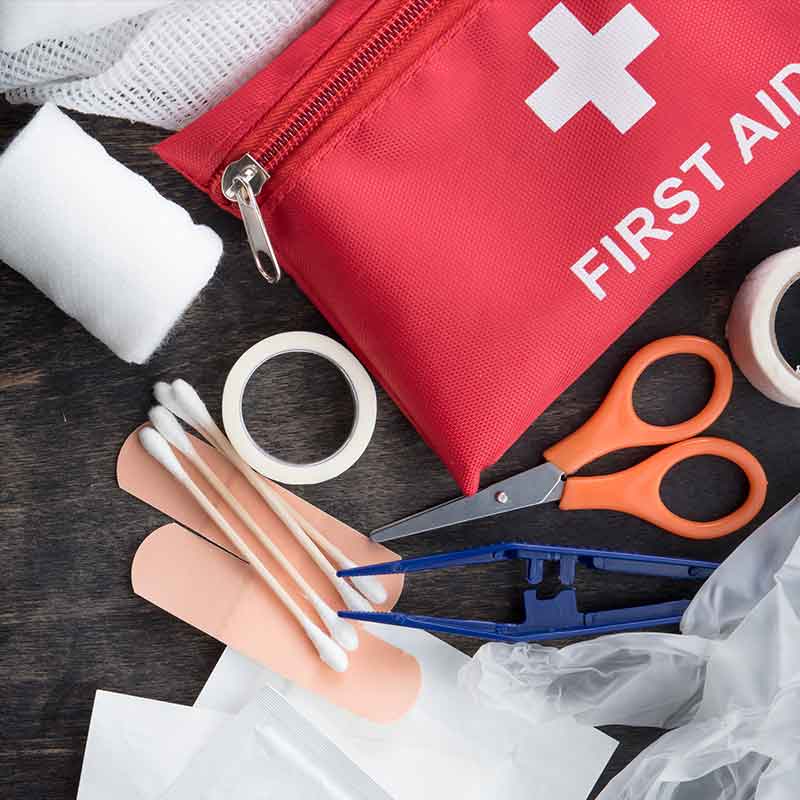
Pet First Aid Items You Should Always Have on Hand
Pet first aid is emergency treatment administered to an injured or sick animal to ensure an unusual or life-threatening event can be controlled until professional medical care is available. The most important component is humane restraint, so your pet does not harm you or others or cause further harm to itself. Second is to remain calm.
Pet first aid can range from removing ticks, relieving insect bites, soothing infected ears or irritated skin. Some emergencies, such as being hit by a car or abdominal swelling, require immediate veterinary attention and you should be prepared to comfort your pet in transit.
Basic first aid procedures:
- To be safe, muzzle your pet.
- In an event of bleeding, press a clean, thick gauze pad or cloth over any wounds, and keep pressure until the blood starts clotting.
- Keep your pet as warm and as quiet as possible.
- Severe inflammation, irritation or discomfort should not be treated at home.
- If there may be broken bones, use a flat surface, such as board, to transport your petwhile securing them with a blanket or towel.
Basic components of a pets’ first aid kit should include:
- Basic components of a pets’ first aid kit should include:
- Gauze for wrapping open wounds or use as a muzzle
- Non-stick, sterile pads and adhesive tape
- Blanket or large towel as well as a rigid board or stretcher
- Latex gloves
- Cotton swabs or cotton balls
- Antiseptic lotion, powder, or spray
- Hand sanitizer or wipes
- Tweezers
- Hydrocortisone cream 3%
- Blunt-tipped scissors or razor for cutting hair and bandages
- Styptic liquid (or a bar of soap) to stop minor bleeding
- Antibiotic ointment
- Rectal thermometer
- Medical records, including vaccinations
- Rubber bulb syringe (or turkey baster) for flushing wounds


